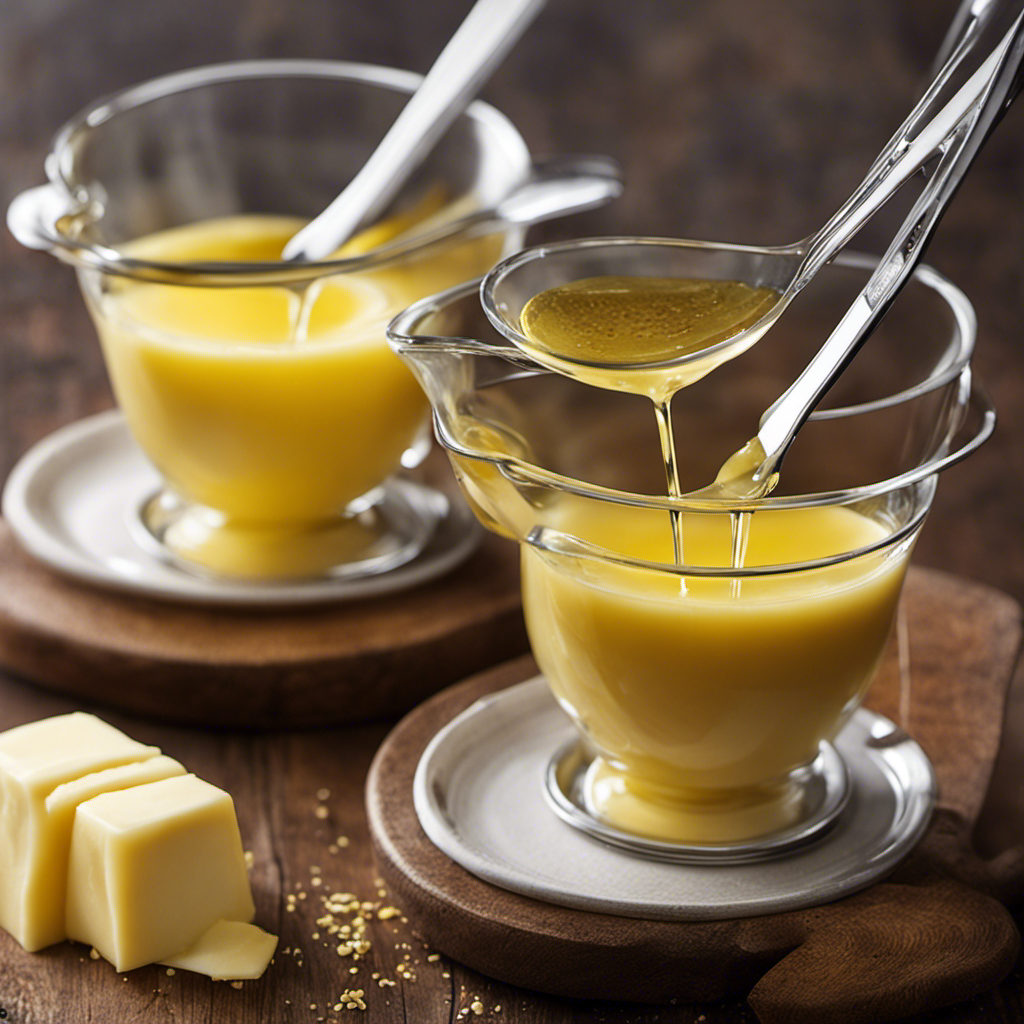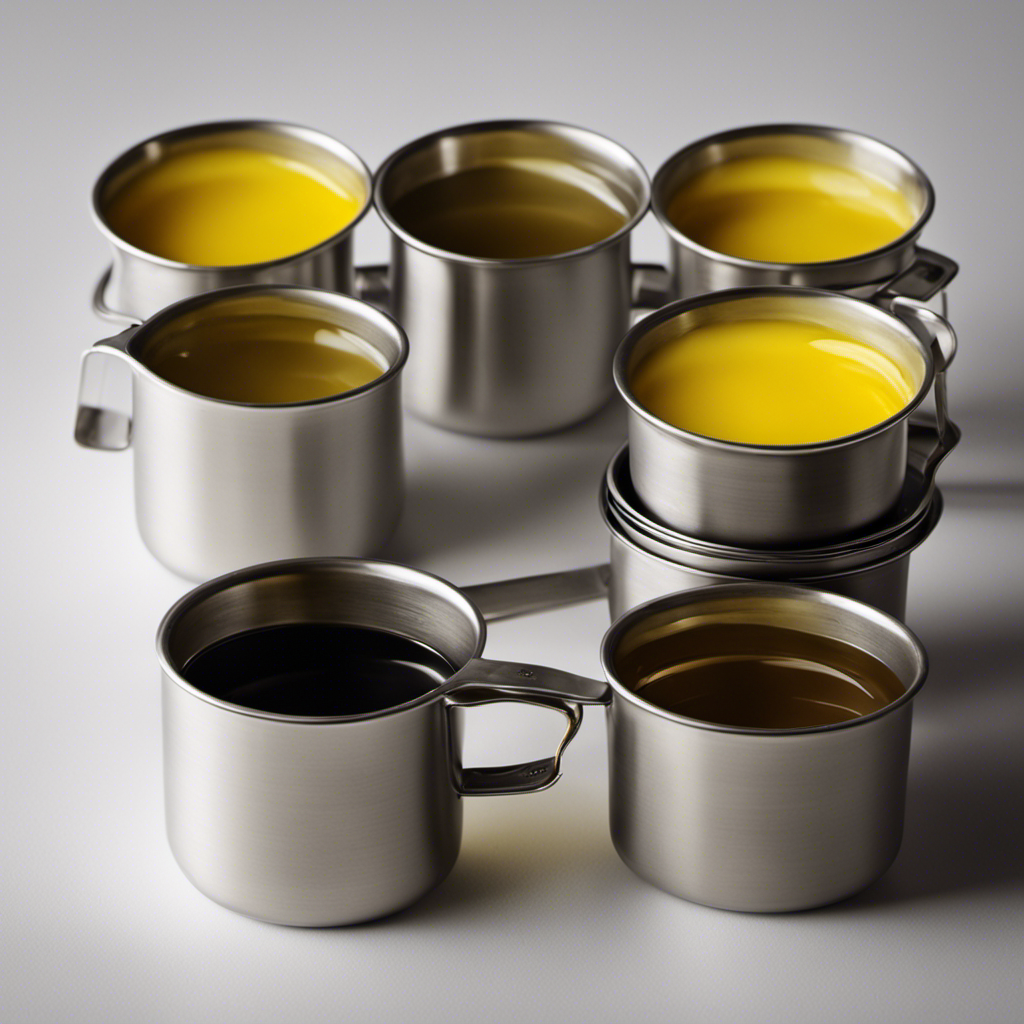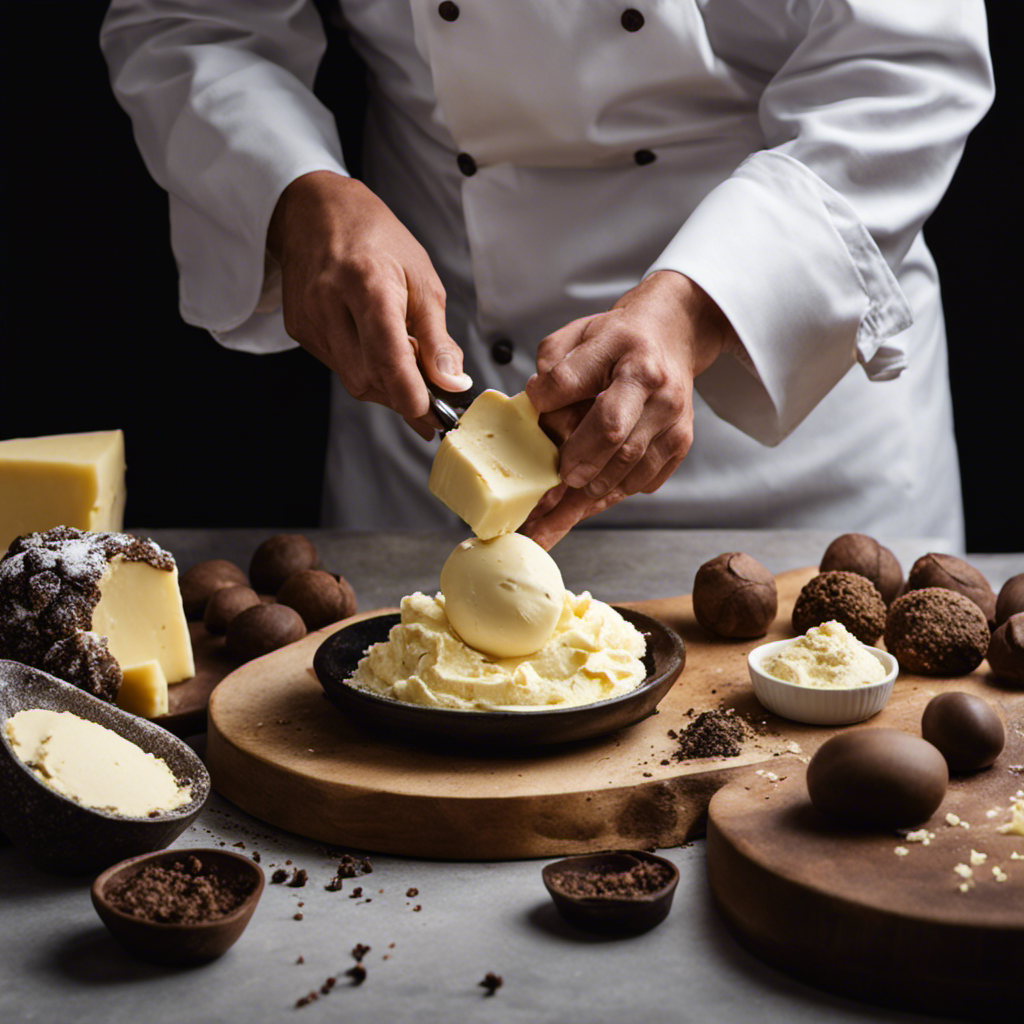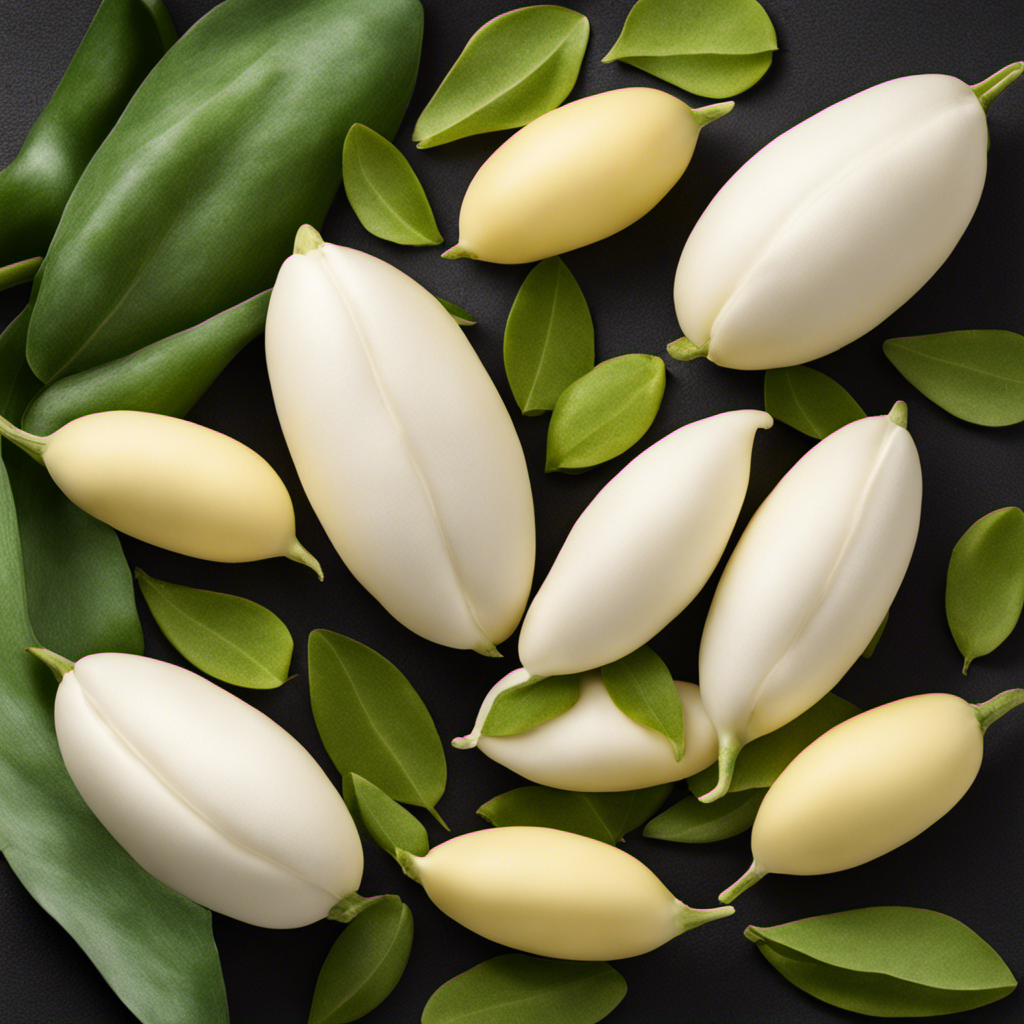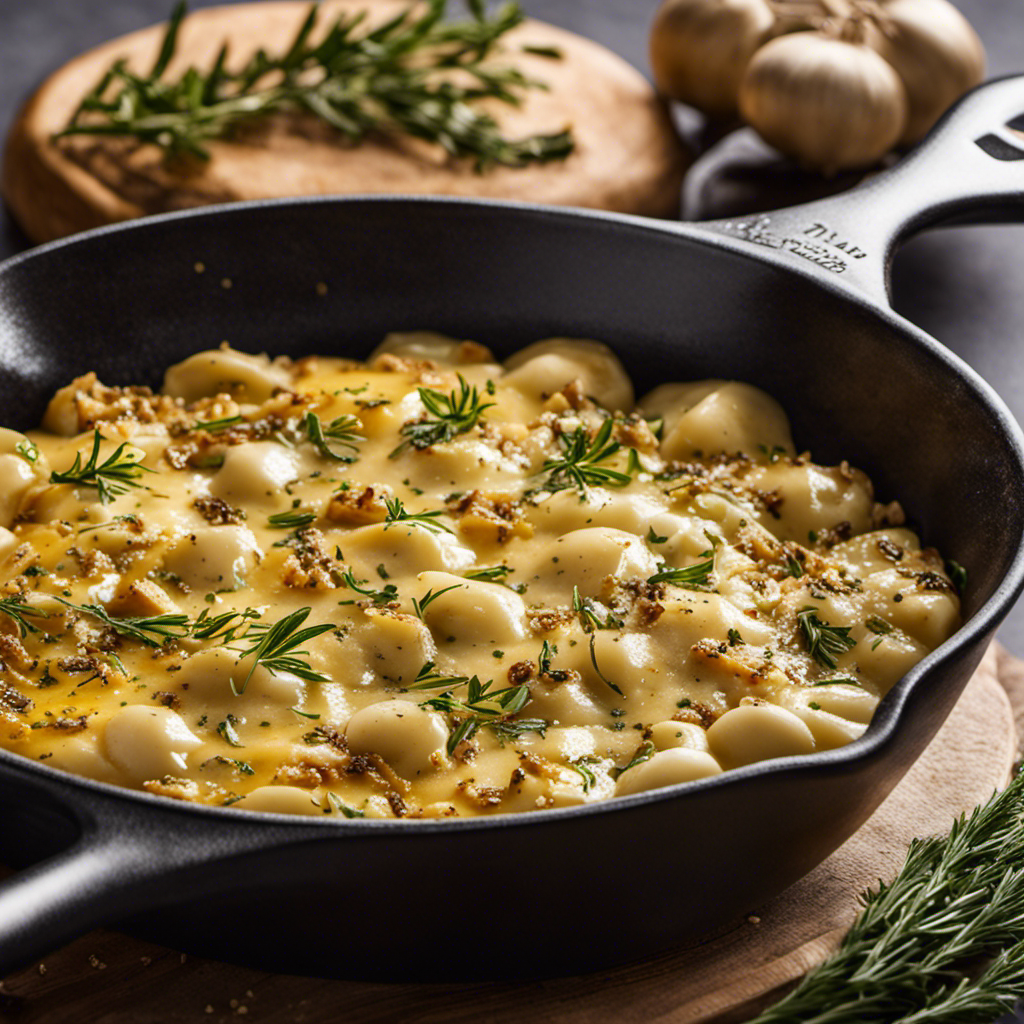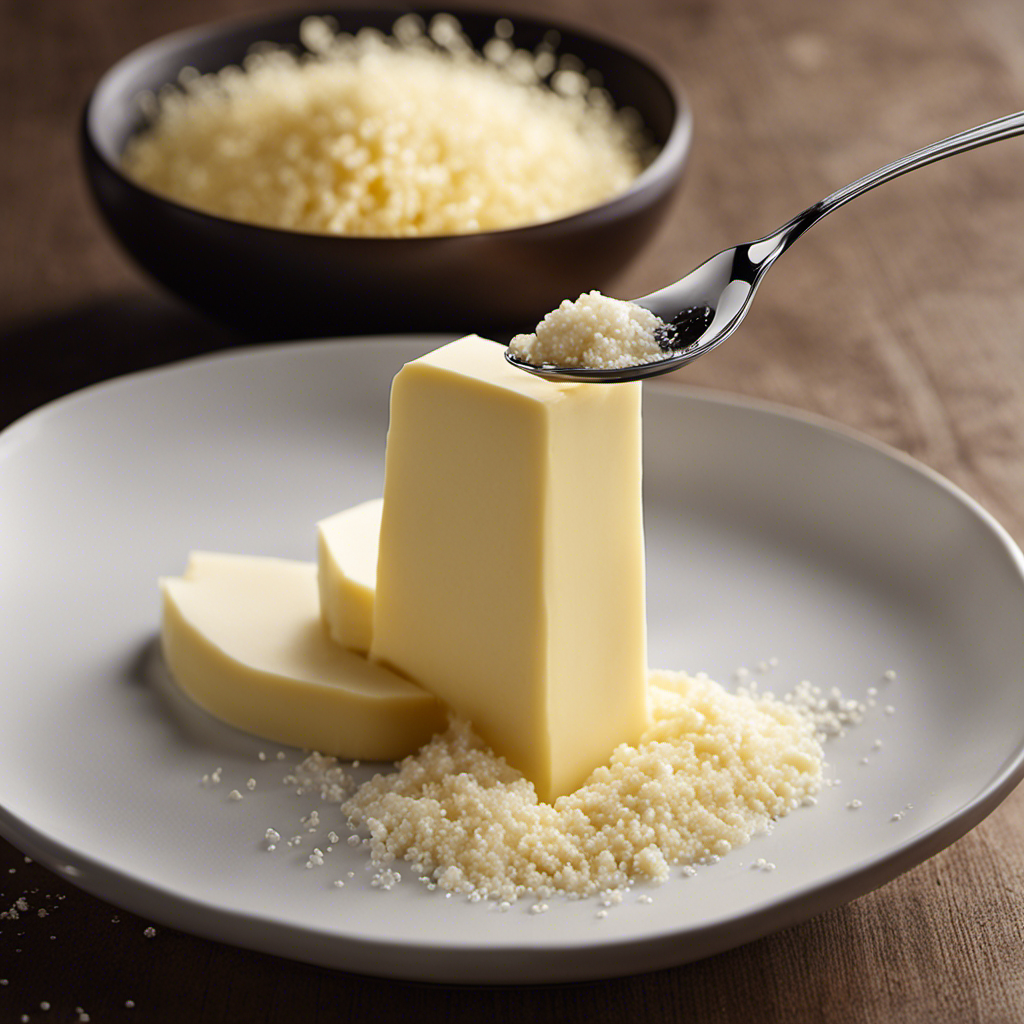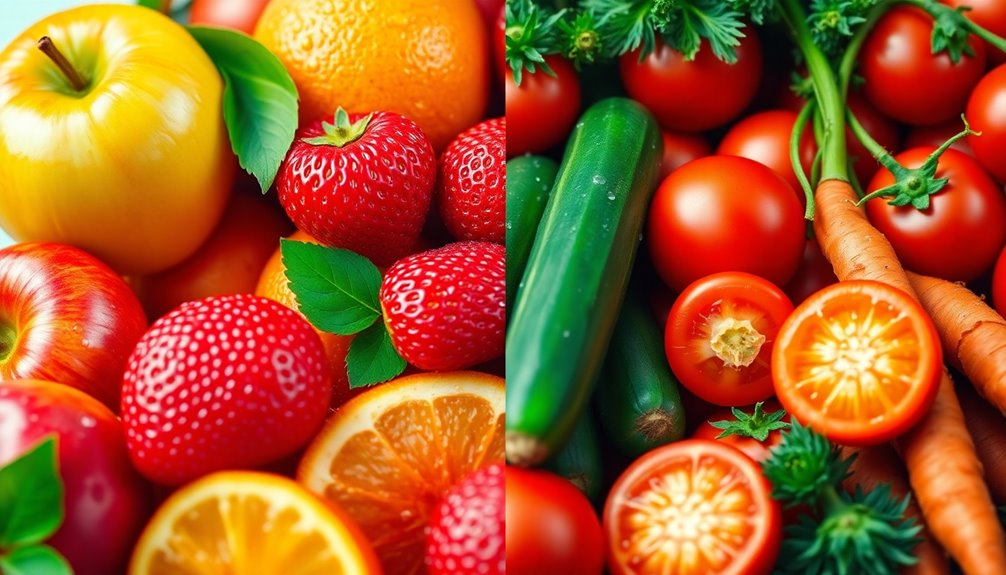Have you ever thought about how many tablespoons are in 2/3 cups of butter? Well, I have the answer for you!
As a food scientist, I understand the importance of precise measurements in the kitchen. In this article, I will guide you through the conversion process, explaining the butter-to-tablespoon ratio and providing tips for accurate measurement.
With this knowledge, you’ll be able to confidently use the conversion in your recipes, ensuring delicious and consistent results every time.
So, let’s dive in and uncover the mystery of 2/3 cups of butter and how many tablespoons it equals.
Key Takeaways
- Accurate measurements are crucial for consistent and delicious results in cooking and baking.
- Understanding the butter-to-tablespoon ratio is essential for precise measurement in recipes.
- The ratio between butter and tablespoons can be calculated by dividing the amount of butter by the number of tablespoons needed.
- Using the correct measuring tools and leveling off the butter are crucial for precise measurements.
Understanding the Conversion
To understand the conversion, you’ll need to know how many tablespoons are in a cup of butter. The formula is straightforward: there are 16 tablespoons in one cup of butter. This conversion is essential when following recipes that specify butter in cups, as it allows for precise measurement and accurate results.
Common mistakes in conversions often occur when individuals assume that all ingredients can be measured using the same conversion rate. However, butter is unique because it has a different density compared to other ingredients. It is crucial to use the correct conversion rate to ensure that your dish turns out as intended.
Calculating the Butter-to-Tablespoon Ratio
You can easily calculate the ratio between butter and tablespoons by dividing the amount of butter you have by the number of tablespoons you need. To help you understand the conversion, here is a table that shows the equivalent measurements of butter in cups and tablespoons:
| Cups of Butter | Tablespoons |
|---|---|
| 1/8 | 2 |
| 1/4 | 4 |
| 1/2 | 8 |
| 1 | 16 |
As you can see, there are 16 tablespoons in 1 cup of butter. This means that if you have 1/2 cup of butter, you will need 8 tablespoons. To convert measurements, simply multiply or divide the given amount by the appropriate ratio. Understanding these ratios is essential for accurately measuring and converting ingredients in recipes. By calculating ratios and converting measurements correctly, you can ensure that your dishes turn out just right.
Converting 2/3 Cups to Tablespoons
There are 10 and 2/3 tablespoons in 2/3 cups. When converting other liquid measurements to tablespoons, it’s important to understand the ratios involved. In the case of butter, 1 cup is equal to 16 tablespoons. So, if you have 2/3 cups of butter, you would multiply 16 by 2/3 to get the equivalent in tablespoons. This gives you 10 and 2/3 tablespoons.
When measuring butter, it’s crucial to avoid common mistakes that can affect the accuracy of your recipe. One mistake is not softening the butter properly before measuring. Softened butter should be at room temperature, not melted or too cold. Another mistake is using the wrong measuring tools. Use dry measuring cups for solid ingredients like butter, rather than liquid measuring cups. Lastly, make sure to level off the butter when measuring, using a straight edge to remove any excess or add any missing butter.
Tips for Accurate Measurement
Make sure to properly soften the ingredients and use the correct measuring tools for accurate measurements in your recipes. When it comes to measuring, precision is key. Here are some tips to ensure accurate measurements in your cooking and baking:
- Use measuring utensils specifically designed for dry and liquid ingredients.
- When measuring dry ingredients like flour or sugar, spoon them into the measuring cup and level off the top with a straight edge.
- For liquids, use a liquid measuring cup with clear markings at eye level.
- Avoid common measurement mistakes like packing ingredients into the measuring cup or using the wrong measuring tool.
By following these tips, you can ensure that your recipes turn out just right.
Now, let’s dive into using the conversion in recipes and explore how to incorporate butter measurements accurately.
Using the Conversion in Recipes
To accurately convert measurements in recipes, it’s important to understand the proper ratios for different ingredients. When it comes to butter, the measurement equivalents can vary from country to country.
In the United States, butter is commonly measured in cups and tablespoons. One cup of butter is equal to 16 tablespoons. However, in some other countries, butter may be measured in grams or kilograms.
It’s crucial to be aware of these differences when following a recipe from a different country. One common mistake when converting butter measurements is assuming that all countries use the same measurement units. To avoid this error, it’s essential to do proper research and ensure you have the correct conversion rates for the specific country you are working with.
Frequently Asked Questions
Can I Use a Different Type of Butter (E.G. Margarine or Spread) in the Conversion?
No, you cannot use a different type of butter, such as margarine or spread, in the conversion. The type of butter affects the taste of the recipe, and substituting may alter the final result.
How Do I Convert Tablespoons to Grams or Ounces?
To convert tablespoons to milliliters, multiply the number of tablespoons by 14.79. If you want to convert tablespoons to teaspoons, simply multiply the number of tablespoons by 3. It’s a straightforward process that ensures accurate measurements in your recipes.
Is There a Difference in Measurement When Using Salted Butter Versus Unsalted Butter?
Salted and unsalted butter can be used interchangeably in recipes, but the taste may vary slightly. Salted butter adds a savory element, while unsalted butter allows for more control over the overall saltiness of the dish.
Can I Substitute Oil for Butter in a Recipe and Still Use the Same Conversion Ratio?
You can substitute oil for butter in a recipe, but keep in mind that it may affect the flavor and texture. As for the conversion, 2/3 cups of butter equals about 10 and 2/3 tablespoons.
Are There Any Tips for Measuring Butter When It Comes in Sticks Instead of Cups?
When measuring butter in sticks instead of cups, it’s helpful to know that 1 stick of butter is equal to 1/2 cup or 8 tablespoons. To convert 2/3 cups of butter to tablespoons, multiply by 16.
Conclusion
In conclusion, converting 2/3 cups of butter to tablespoons is a precise task that requires accurate measurements.
As a food scientist, I can confidently say that 2/3 cups of butter is equivalent to 10 and 2/3 tablespoons.
This conversion is essential for accurate recipe replication, ensuring that your culinary endeavors turn out just right.
Remember, as the adage goes, ‘Measure twice, cut once.’ So take your time, measure carefully, and enjoy the delicious results of your precise cooking.
